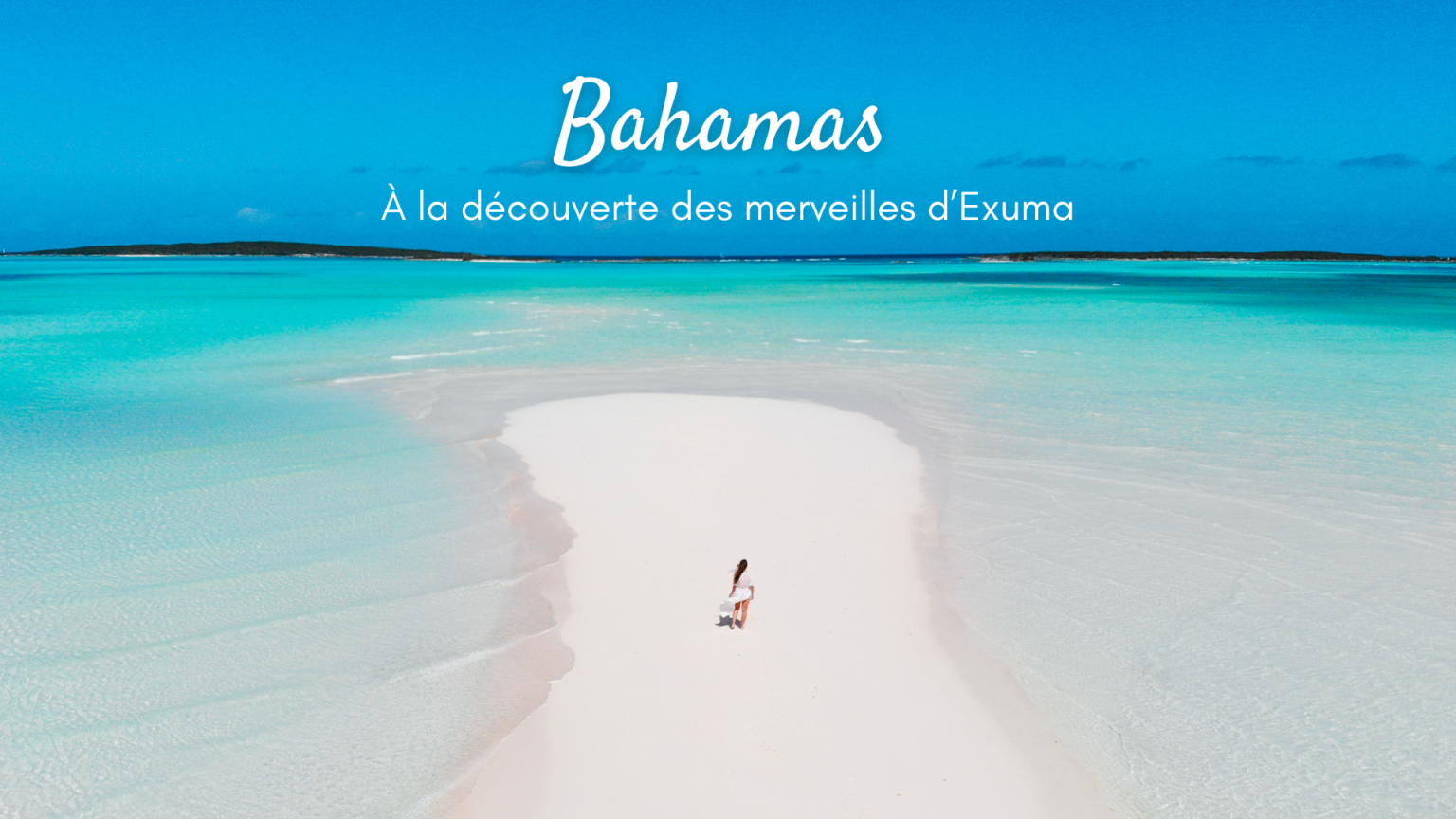22 Fun Facts About Bahamas | Rum, Reefs, Revelry
1. Bahamas’ capital Nassau was once a pirate haven.
Nassau, the capital of the Bahamas, became a notorious pirate haven during the early 18th century. By 1713, over 1,000 pirates, including the infamous Edward Teach, better known as ‘Blackbeard,’ outnumbered the mere hundred residents.
Nassau was so pivotal to piracy that it was declared a pirate republic, offering abundant resources and a naturally fortified harbor. This era lasted until 1718 when the British reasserted control.
2. The Bahamas has the world’s third-largest barrier reef.
The Andros Barrier Reef in the Bahamas is the world’s third-largest barrier reef, spanning over 225 kilometers just off the coast of Andros Island. This spectacular natural structure lies 1-2 miles offshore, providing a vibrant habitat for diverse marine life.
It forms part of the intricate underwater landscape that includes the Tongue of the Ocean, enriching the ecological diversity of the Bahamas.
3. The word Bahamas comes from the Spanish meaning shallow sea.
The name “Bahamas” originates from the Spanish term ‘baja mar’, meaning shallow sea, reflecting the archipelago’s extensive shallow waters and underwater plateaus.
This name captures the clear, turquoise waters synonymous with the islands, highlighting their shallow seas which have been navigational markers and havens for marine life.
4. The Junkanoo Festival in the Bahamas happens every Boxing Day.
The Junkanoo Festival, a vibrant explosion of color and sound, takes place annually on Boxing Day and New Year’s Day in the Bahamas.
This cultural extravaganza features elaborate costumes, rhythmic music, and spirited dancing, drawing participants and spectators into the heart of Bahamian heritage and festivity.
5. Blue holes in the Bahamas are among the deepest in the world.
One of the unique facts about the Bahamas is that Dean’s Blue Hole on Long Island is the Bahamas’ natural wonders, plunging 202 meters (663 feet) deep.
It stands as the world’s third deepest blue hole, presenting a captivating dark blue, nearly black appearance at its depths, contrasted sharply against the surrounding shallow turquoise waters.
6. Bahama’s national dish is Conch, served as fritters, salads, or stews.
Conch, the national dish of the Bahamas, is a culinary staple deeply embedded in the islands’ culture. This versatile seafood is enjoyed in several forms, prominently as fritters, salads, and stews.
Each dish showcases the conch’s distinctive, slightly sweet flavor, making it a beloved choice among both locals and tourists
7. The Bahamas has an underwater sculpture garden off New Providence.
The best attraction on New Providence’s western coast is the BREEF Coral Reef Sculpture Garden, launched in 2014. This underwater art installation includes “Ocean Atlas” by Jason deCaires Taylor, the largest underwater sculpture globally.
Alongside works by Bahamian artists Willicey Tynes and Andret John, the garden enhances marine life while offering a spectacular dive and snorkel destination.
8. Swimming pigs are a famous attraction in Exuma.
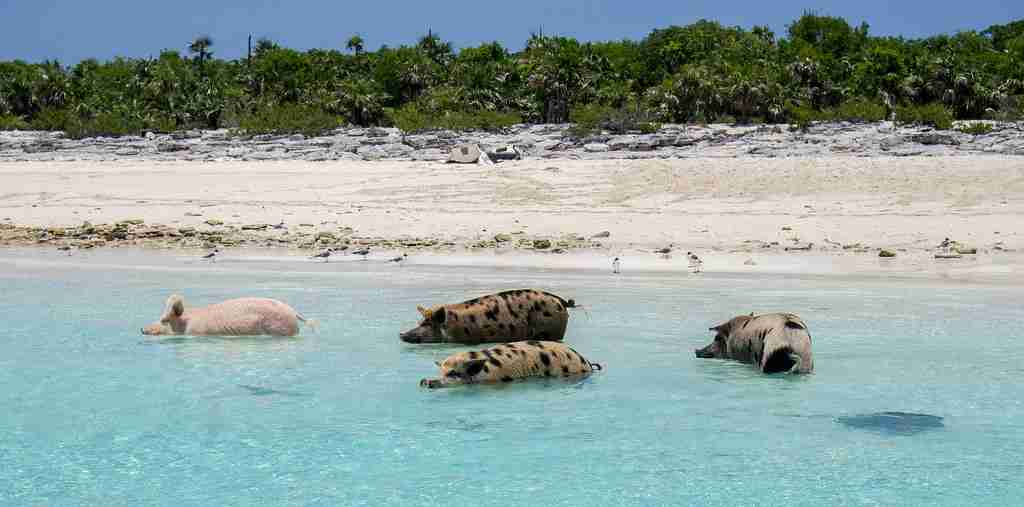
Swimming pigs are a famous attraction in Exuma, Bahamas, residing on Big Major Cay, also known as Pig Beach, and originating from various theories, including being left by sailors or surviving a shipwreck.
These pigs now thrive, supported by food from tourists and locals. This unique spectacle draws visitors for a chance to swim with these feral pigs in the clear Bahamian waters.
9. The underwater cave system on Grand Bahama is over 6 miles long.
Another interesting ecological fact about Bahamas is the extensive underwater cave system in Lucayan National Park on Grand Bahama, which spans over 6 miles. It was established in 1982 and expanded in 2015.
The cave system not only contains ancient Lucayan Indian artifacts but also serves as a critical habitat for unique aquatic species, representing a significant ecological and historical treasure of the Bahamas.
10. Nassau’s Paradise Island was once known as Hog Island.
Paradise Island, known for its luxurious Atlantis Resort, was originally called Hog Island. The island’s transformation began in 1959 when A&P heir Huntington Hartford bought it and renamed it in 1962.
Hartford’s vision brought features like the Ocean Club and Cafe Martinique to life, firmly establishing it as a top resort destination just off Nassau’s shore.
11. Atlantis Resort is home to the world’s largest open-air marine habitat.
Opened in 1998, Atlantis Resort in the Bahamas is home to the world’s largest open-air marine habitat, featuring over 250 marine species, including sharks, rays, barracudas, and endangered sawfish.
Visitors can explore lagoons, caves, and coral formations, offering an immersive experience. The habitat provides a unique opportunity to witness daily marine life feedings and learn about the diverse aquatic species in a breathtaking environment.
12. Bahamas has a Pink Sands Beach on Harbour Island.
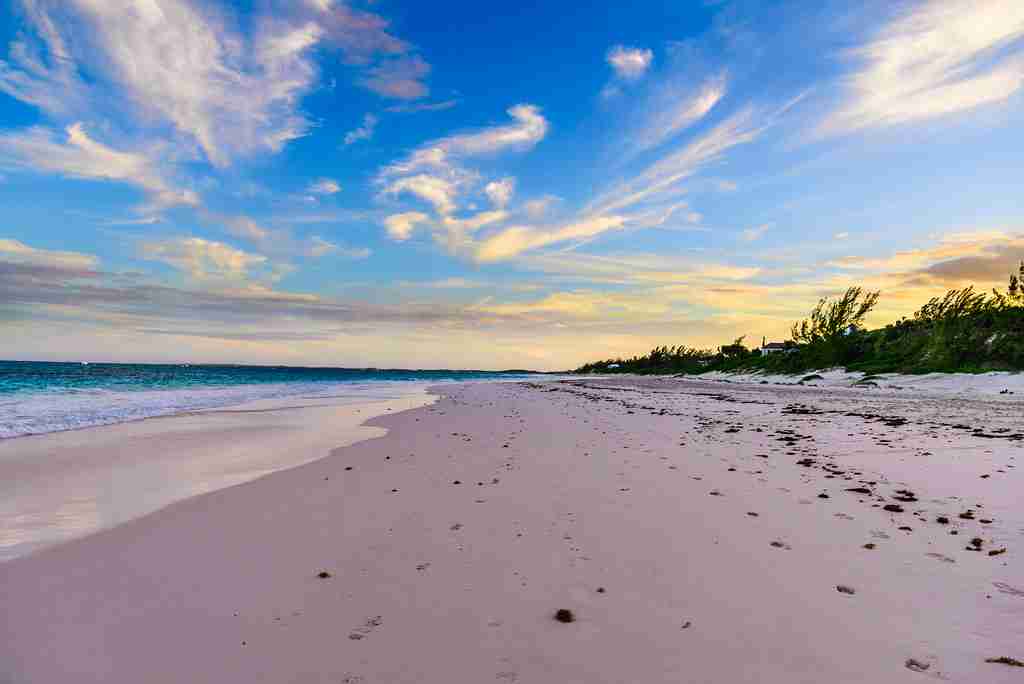
Another unique fun fact about the Bahamas is Pink Sands Beach on Harbour Island, renowned for its blush-colored sand. This color is created by tiny red organisms called Foraminifera, mixed with white sand to give the beach its signature pink hue.
This picturesque three-mile-long beach has attracted visitors since the island’s tourism boom in the 1950s, making it a must-visit destination in the Bahamas.
13. The Bahamas Islands became a British colony in 1718.
In 1718, the Bahamas Islands became a British colony, marking a significant historical milestone. This colonial era brought order and governance to the islands, curbing piracy and establishing a structured administration.
The Bahamas remained under British control until gaining independence in 1973, shaping its cultural and political landscape profoundly.
14. The Bahamas was the first stop on Columbus’s New World voyage.
One of the historical facts about the Bahamas is its role in Christopher Columbus’s New World voyage. On October 12, 1492, Columbus made his first landfall on an island in the Bahamas, known to the natives as Guanahani.
This marked the beginning of European exploration and colonization in the Americas, introducing the Bahamas as a significant point in global history.
15. The world’s largest colony of Pink Flamingos is in Inagua.
The world’s largest colony of pink flamingos is found in Inagua, Bahamas. This island hosts over 60,000 West Indian flamingos, making it a prime spot for birdwatching enthusiasts.
The flamingos thrive in Inagua’s protected national park, where the Bahamas National Trust ensures their habitat remains pristine and conducive to breeding.
16. The Hope Town Lighthouse in the Bahamas is the last manual lighthouse.
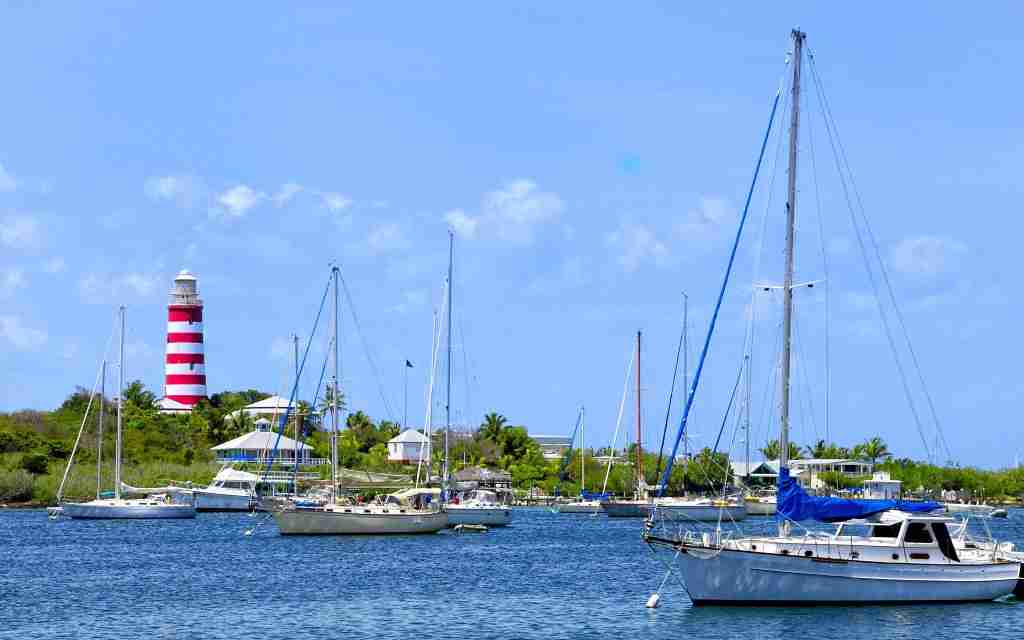
Hope Town Lighthouse in the Bahamas is one of the last remaining manual lighthouses in the world. Built-in 1864, this iconic red-and-white striped lighthouse requires daily hand-cranking to keep its light rotating.
It stands as a testament to traditional lighthouse operation, offering a unique glimpse into maritime history for visitors to Elbow Cay.
17. Over 90% of Bahamians are descendants of African slaves.
Over 90% of Bahamians are descendants of African slaves brought to the islands during the transatlantic slave trade. This significant African heritage deeply influences Bahamian culture, reflected in its music, dance, and traditions.
The vibrant Junkanoo festival, with its colorful parades and rhythmic beats, is a direct celebration of African ancestry and an integral part of the Bahamas’ cultural identity.
18. Fort Charlotte in Nassau Bahamas features a moat but no windows.
Fort Charlotte in Nassau, built in 1788, is the largest fort on New Providence Island. Interestingly, it features a dry moat and no windows, designed for optimal defense.
Despite its 42 cannons, the fort never saw battle. Visitors can explore its dungeons, and underground passageways, and enjoy panoramic views of Nassau and Paradise Island.
19. Grand Bahama Island houses the oldest underwater cave systems in the world.
Another unique thing the Bahamas is known for is the Lucayan National Park on Grand Bahama Island, which houses one of the world’s oldest underwater cave systems.
Established in 1982, this 40-acre park features six miles of charted underwater tunnels, offering a glimpse into the island’s geological history and attracting divers and nature enthusiasts from around the world.
20. Abaco National Park is dedicated to preserving the Bahama parrot.
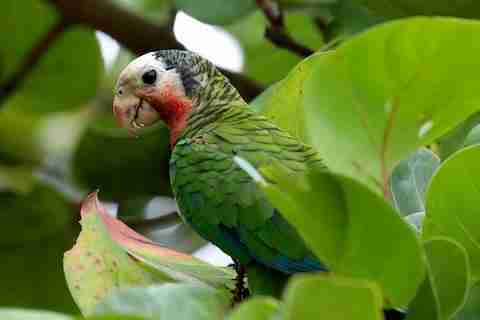
Abaco National Park, established in 1994, is dedicated to preserving the Bahama parrot. This 20,500-acre park on Great Abaco Island provides critical habitat for the endangered Bahama parrot, which nests in limestone cavities.
The park’s conservation efforts help protect these unique birds and their natural environment, ensuring their survival for future generations.
21. The Ocean Hole in Eleuthera is a saltwater lake with ocean fish.
The Ocean Hole in Eleuthera is a fascinating saltwater lake connected to the ocean. Known for its crystal-clear waters, the lake houses a variety of ocean fish.
Local legends suggest it has healing properties, attracting both curious visitors and researchers interested in its unique ecosystem and marine life.
22. The Tongue of the Ocean is a deep trench between Andros and New Providence.
The Tongue of the Ocean is a deep oceanic trench between Andros and New Providence in the Bahamas. This natural wonder is known for its steep walls that plunge to depths of over 6,000 feet.
It creates a unique marine environment rich in biodiversity, a popular site for deep-sea diving and marine research.
FAQs
In the Bahamas, explore stunning beaches, vibrant coral reefs, and exciting water sports. Visit Nassau’s historic sites, swim with pigs in Exuma, dive into the Blue Hole, and experience the vibrant culture and local cuisine.
The Bahamas is known for its crystal-clear turquoise waters, pristine white-sand beaches, and vibrant marine life. It’s also famous for the Junkanoo festival, historic landmarks, luxurious resorts, and unique attractions like swimming pigs and Blue Holes.
No, the Bahamas is an independent country located in the Atlantic Ocean. It is part of the Caribbean region, situated southeast of Florida, USA, and gained independence from the United Kingdom in 1973.
The Bahamas gained independence on July 10, 1973. This marked the end of British colonial rule and the establishment of the Bahamas as a sovereign nation within the Commonwealth, with its own government and constitution.
Travel to the Bahamas by flying into major airports in Nassau or Freeport. Once there, use inter-island flights, ferries, or boats to explore the islands. Rental cars, taxis, and bicycles are popular for local transportation.

